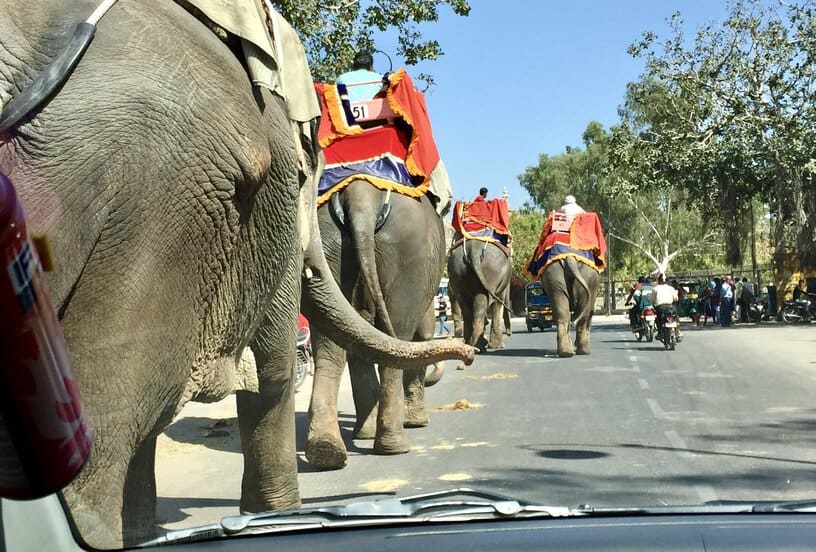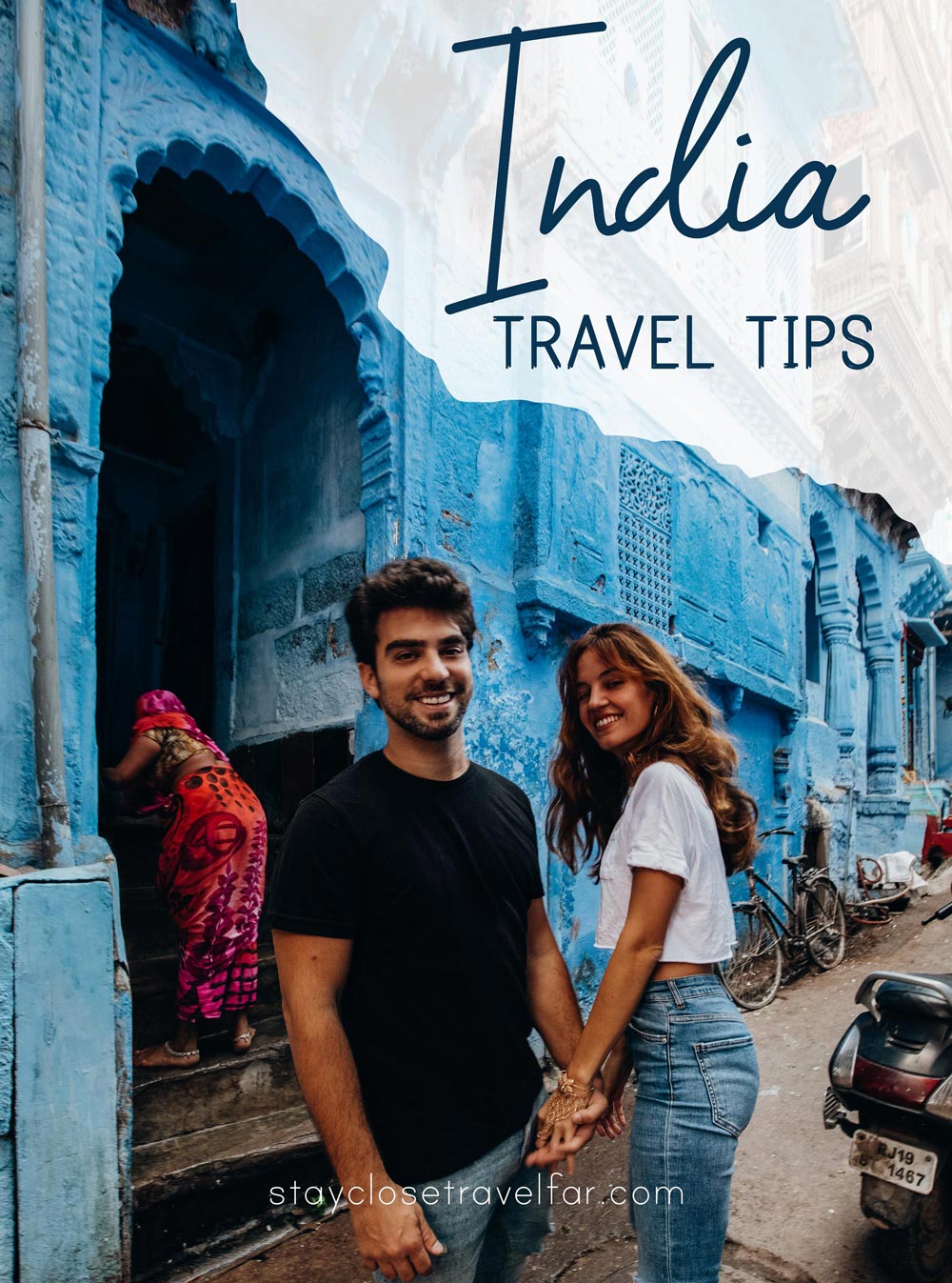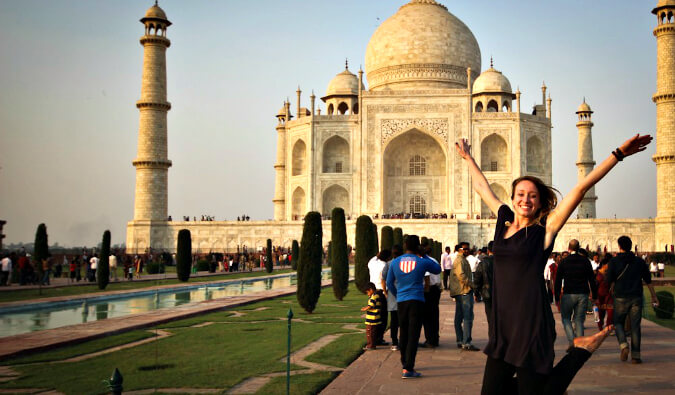Essential India Travel Tips, offers a tapestry of experiences for first-time visitors. From bustling cities to serene landscapes, there’s something for everyone. Knowing what to expect can make your trip more enjoyable and hassle-free. This guide provides essential India travel tips to help you navigate your journey.
You’ll discover practical advice on planning, transportation, accommodation, and safety. Understanding cultural etiquette will enrich your interactions and experiences. Additionally, we’ll highlight must-visit destinations to complete your adventure. Whether you’re seeking history, culture, or natural beauty, India’s vast expanse awaits your exploration. Get ready for an unforgettable journey in one of the world’s most captivating countries.
Pre-Trip Planning for First-Time Visitors to India
Planning is crucial for a successful trip. Start by checking the best time to visit. India experiences diverse weather patterns, so choose a season that suits your preferences. Next, research visa requirements and process your application early. Some nationalities can apply for an e-visa, which is convenient.
Get vaccinated and consult your doctor about necessary medications. Malaria and other illnesses are concerns in certain areas. Also, invest in travel insurance; it covers unexpected events.
Create a rough itinerary. Prioritize destinations and allocate ample time to explore each. This helps avoid rushed experiences. Lastly, familiarize yourself with the local currency, the Indian Rupee (INR), and consider getting a travel SIM card or international roaming plan. This preparation ensures a smoother experience when you arrive.
Pre-Trip Research and Documentation

Before heading to India, begin by researching the best time to visit. India’s climate varies drastically. Identify the regions you want to explore and plan around their peak seasons. Understand the visa requirements. Many nationalities can get an e-visa, which is convenient and quick.
Check the validity of your passport; it should be valid for at least six months from your planned date of entry. Have copies of important documents like your passport, visa, and travel insurance. It’s advisable to email these copies to yourself.
Learn about recommended vaccinations. Consult your doctor for any necessary health precautions including malaria prevention if you’re visiting high-risk areas. Understanding currency conversion rates and familiarizing yourself with the Indian Rupee (INR) will make transactions easier on arrival. This preparation ensures smooth travel.

Arrival and Transportation in India
Upon arriving in India, you’ll go through immigration and customs. Have your visa and documents ready. Major airports in cities like Delhi, Mumbai, and Bangalore are well-equipped. Pre-book an airport transfer or use registered airport taxis to reach your accommodation safely.
For getting around, use public transportation like buses and trains for an immersive experience. Trains are a popular means of travel, connecting major cities. Consider booking tickets in advance for long journeys.
Rideshare apps like Uber and Ola are reliable for short distances. Auto-rickshaws are another local option, but ensure you negotiate the fare before starting the ride. Always keep a copy of your hotel address handy for easy navigation.
Arrival Procedures and Visa Requirements
Upon landing in India, the first step is to clear immigration. Have your passport and visa documents ready. Most tourists need an e-Visa, which you should apply for online before your trip. The e-Visa is typically valid for 60 days.
After immigration, you’ll collect your luggage and proceed to customs. Declare any valuable items if required. Major airports have clear signage to guide you through the process.
It’s wise to arrange transportation from the airport in advance. Registered airport taxis, rideshare apps like Uber, or hotel transfers are reliable options. Ensure you have the address and contact information of your accommodation handy.
Having a hard copy of important documents and hotel bookings can be helpful in case electronic devices fail. Follow local guidelines and be polite during your arrival procedures.
Accommodation and Safety Tips in India

Choosing the right accommodation is crucial for a comfortable stay. Opt for reputable hotels or guesthouses with good reviews. Booking in advance can secure better rates and options. Ensure your accommodation offers basic amenities like clean water and security measures.
Safety should always be a priority. Use hotel safes to store valuables. Always lock your room, even when inside. Keep a list of emergency contacts handy, including local police and your embassy.
When exploring outside, be cautious in crowded places. Avoid displaying large amounts of cash or valuables. Trust your instincts and feel free to change plans if something doesn’t seem right.
By choosing wisely and staying alert, you’ll ensure a safe and pleasant trip to India.
Choosing the Right Accommodation
Opt for hotels or guesthouses with strong reviews. Online platforms like Booking.com or Airbnb are great tools. Always check ratings and guest feedback. Book your rooms in advance. This can secure better rates and availability.
Look for places that offer essential amenities. Clean water, Wi-Fi, and proper security should be non-negotiables. Consider the location’s proximity to key attractions. This can save you time and transportation costs.
If you prefer a local experience, opt for homestays. They often provide a personal touch and insights into local culture. Don’t ignore safety. Ensure the accommodation has secure locks and a safe to store valuables neatly.
Research thoroughly before making your final choice. Your stay should be both comfortable and safe.
Cultural Etiquette and Communication
Respect local customs and traditions. When greeting someone, a slight bow with folded hands (the Namaste gesture) is polite. Avoid touching people with your feet or pointing them at anyone. Dress modestly, especially when visiting religious sites. Cover your head when entering mosques and remove shoes before entering temples.
Use your right hand for giving and receiving items. The left hand is considered unclean. Learn a few basic Hindi phrases; it can greatly aid communication. Be mindful of personal space. Indians may stand closer than you’re used to. Public displays of affection are frowned upon.
Remember to bargain in markets but do so politely. Being loud or aggressive is deemed disrespectful. Following these essential India travel tips ensures a smooth and respectful trip.
Understanding Indian Customs and Traditions
When in India, it’s crucial to respect local customs. The Namaste gesture, a slight bow with folded hands, is a common greeting. Always use your right hand for giving and receiving items, as the left is considered unclean. When visiting religious sites, dress modestly. Make sure to cover your head in mosques and remove shoes before entering temples.
Avoid touching people with your feet or pointing them at anyone. Public displays of affection are frowned upon, so be discreet. In markets, bargaining is expected, but keep it polite. Indians value personal space differently and may stand closer than you’re used to. Learning basic Hindi phrases can also help you communicate better. Respecting these customs will make your trip smoother and more enjoyable.
Must-Visit Destinations and Attractions in India

India is a land of diverse landscapes and rich history. Start your journey in Delhi, exploring the Red Fort and Humayun’s Tomb. Head to Agra to witness the iconic Taj Mahal. Varanasi offers a spiritual experience with its sacred ghats along the Ganges River.
In Rajasthan, Jaipur’s Amber Fort and Udaipur’s Lake Palace are must-sees. For natural beauty, visit Kerala’s backwaters or the hill stations of Himachal Pradesh like Manali and Shimla. Don’t miss Mumbai’s bustling markets and the Gateway of India.
Goa’s beaches offer a tropical retreat, while Bangalore and Hyderabad are great for tech and cuisine. The Andaman Islands provide pristine beaches for relaxation. Each destination has its unique charm, making India a treasure trove of experiences.
Top Landmarks and Tourist Spots
When in India, start with the Taj Mahal in Agra. It’s mesmerizing at dawn. Head to Delhi and explore the Red Fort and Qutub Minar. Jaipur’s Amber Fort offers stunning architecture. Udaipur’s Lake Palace is serene and picturesque.
In Kerala, enjoy the tranquil backwaters on a houseboat. Relax on Goa’s pristine beaches. Discover spiritual vibes in Varanasi along the Ganges River. In Mumbai, don’t miss the bustling markets and the Gateway of India.
For a peaceful escape, visit Himachal Pradesh’s hill stations like Shimla and Manali. Bangalore and Hyderabad are hubs of tech and cuisine. The Andaman Islands boast clear waters and sandy beaches, perfect for unwinding. Each spot offers a unique glimpse into India’s diverse beauty.
Conclusion and Additional Advice

Visiting India for the first time can be overwhelming yet exhilarating. Remember to do thorough research and plan your itinerary well. Prioritize health and safety by drinking bottled water and eating at reputable places. Carry a mix of cash and cards, as both are widely used.
Respect local customs and dress modestly, especially in temples and rural areas. Always stay alert and safeguard your belongings. Use trusted transportation services like prepaid taxis or ride-sharing apps.
Try learning a few basic Hindi phrases; it can be helpful in communication. Lastly, keep an open mind and embrace the diversity around you. Each experience will add to your journey, making it memorable and enriching. Enjoy every moment!
